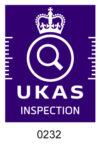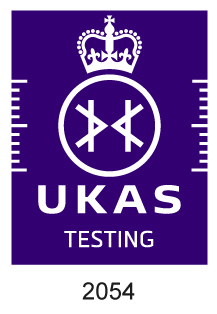Menu
close
**LATEST** New quantitative face fit services for RPE
Book in today

Our BOHS-qualified consultants are experienced in lead-in-paint surveys and can identify probable locations of lead-based paints. We can provide instant results using X-Ray Fluorescence (XRF) techniques which involves the use of a handheld analyser unit This equipment is particularly useful in heritage buildings, or where damage to décor needs to be avoided. Paints can also be sampled ( by scraping a test area) and having them analysed in our laboratory.
Our consultants can also assist employers with their duty to protect workers exposure to lead with other specialist services such as :
Lead can be absorbed into the body by inhalation of particulate or fume, from cutting, burning sanding etc during works, or by ingestion, where the lead dust enters the digestive tract, and therefore strict controls are required for eating, drinking and smoking when working with lead. Long-term exposure to even low levels of lead can lead to health problems.
Lead was historically used in paints as an anti-corrosive primer, on steelwork, such as window frames, columns, RSJs etc, as well as woodwork, particularly externally. The use of lead in paints was banned in 1992.
The current Control of Lead at Work Regulations (2002) aims to:
The Regulations require employers to:
AEC occupational hygiene consultants are experienced in lead-in-paint surveys can identify probably locations of lead-based paints, and identify where these are lead-based by:

